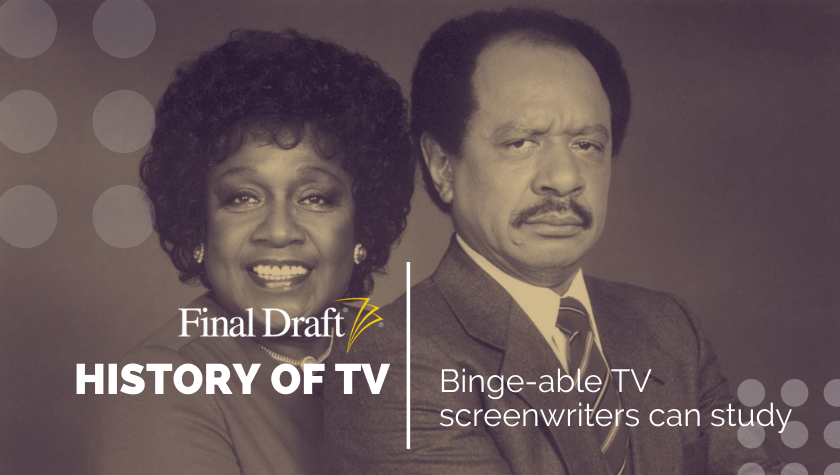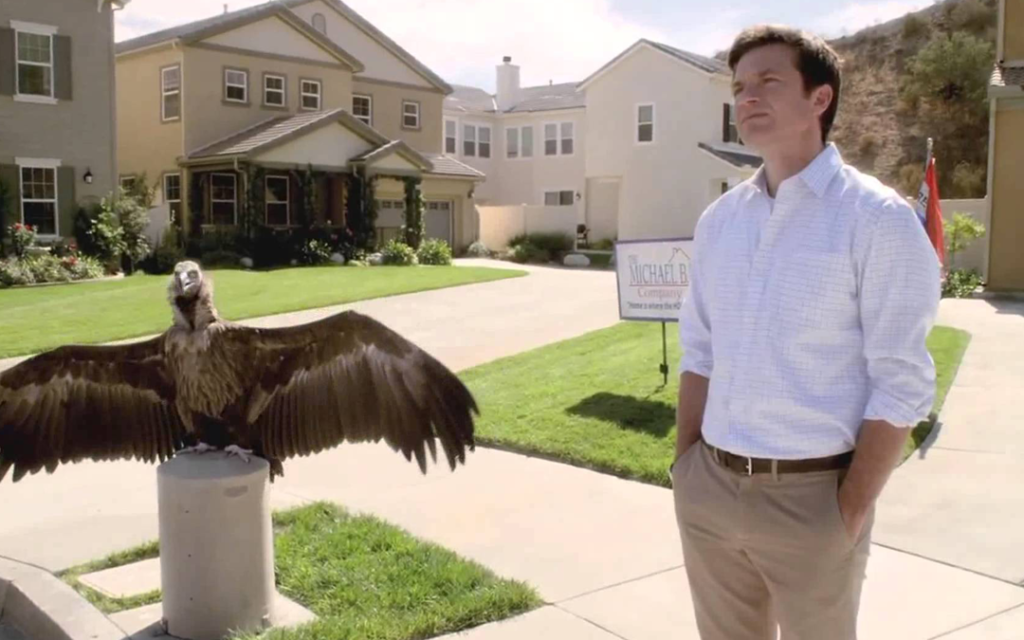History of TV: The 'Arrested Development' saga
December 17, 2021
Ruminating on Arrested Development is a bit like prepping for American Ninja Warrior. The quirky comedy that, to many, defined the genre for the early 2000s is a minefield of politically (in)correct humor, as deeply layered as the banana business the Bluth family is built around. Writing about it, you know there’s gonna be a ton of hurdles and people cheering or jeering at you from the sidelines.
That’s precisely what makes it a solid "History of Television" entry. It got the buzz going when it first aired on Fox in 2003 for three seasons, and it created a bit of a stir when Netflix revived it a decade later for two final seasons. Depending on the fan, those two seasons may or may not be a part of the Arrested Development canon, but it is interesting to note that it came back at all. Much like Dexter and Sex and the City’s return to the small screen this year, there’s something about these shows that the powers that be can’t deny, and audiences can’t get enough of.
Humble beginnings
Ron Howard (yes, that Ron Howard) first pitched the idea of a hand-held/reality television-style comedy and after multiple rewrites, which included bringing on Mitchell Hurwitz, Arrested Development was born. Hurwitz’s “riches to rags” concept sold to Fox after a bidding war with NBC and he’s considered the show’s creator, while Howard stayed on as producer and the show's omniscient (if not ironic) narrator.
The cringeworthy comedy revolves around Michael Bluth (Jason Bateman), the show’s “straight man” — a comedic term in this case, and yet also very applicable to his characterization, which plays into so much of what this show did well: the double-entendre. Michael juggles keeping his eccentric family together by saving the family’s development business, his parenting duties to George-Michael (Michael Cera), and his sanity.
Of Bateman and Cera, Entertainment Weekly’s Gillian Flynn said back in 2005, “Together, they’re the sweetest, awkwardest straight men on the smartest, most shockingly funny series on TV … which is likely canceled, despite six Emmy® wins.”
How structure informed the show
You’re immediately hit by voiceover — complete with a pause in the picture for supers of the who and what — in the pilot that’s reminiscent of vintage Sex and the City. Layered into the hand-held camerawork are “archival photos” and “historical footage” to give an overall documentary-style feel, while simultaneously providing the visual punchline to dialogue. The show was also shot on location, adding to the “reality show” aesthetic that differed from live studio audiences and canned laugh tracks common in other comedies on the air at the time.
Unlike a lot of other sitcoms as well, Arrested Development was presented in a serialized format, meaning you had to tune in to keep up. Especially as the show was notorious for running gags and inside jokes, which, if you missed them, you were out of the loop for good. Mental Floss has a great list of 20 hidden jokes the show pulled off. For as much as Arrested Development kept its digs between the lines, there’s one in particular that went undetected: George Bluth Sr. always said there was money in the banana stand. It turns out he meant literal cash, which is only discovered after it’s burned to the ground, which serves as a tool to keep both characters and audiences equally on their toes.
Family ties
Three generations of Bluths ensure plenty of generational dysfunction to examine under the comedic microscope. And while the family dynamic generates plenty of plot, at the heart of it is how they stick together. That grounding factor is probably key to its — the show’s and the fictional Bluths' — success; keeping the wild and zany antics and undertones tied to something very tangible audiences can connect with. And because that little bit of truth is what often makes comedy even funnier, it also works to heighten the show.
The all-star cast also helped. Arrested Development is arguably Jason Bateman’s breakout role, for which he took home a Golden Globe® for Best Television Actor — Musical/Comedy Series in 2005, and along with Cera, showcased the talents of Portia de Rossi as Michael (Bateman’s) sister, Will Arnett as the oldest Bluth brother, and Tony Hale as the youngest, Buster. Jessica Walter as the matriarch opposite Jeffrey Tambor’s George Bluth Sr., and Alia Shawkat as George-Michael’s (Cera’s) cousin Maeby Fünke.
Henry Winkler, Liza Minnelli (thanks to a personal connection to Ron Howard), Charlize Theron, Julia Louis-Dreyfus, Ben Stiller, Amy Poehler, Carl Weathers, and Jane Lynch are just a few of the exceptional guest stars that were also part of the Bluth vortex.
In retrospect
Over its run, Arrested Development received six Primetime Emmy Awards, including Outstanding Comedy Series, as well as wins for directing, casting, writing (for Hurwitz’s pilot, directed by Anthony and Joe Russo), acting, and editing, in addition to numerous nominations. The show was also dubbed one of TV’s greatest by TIME, Entertainment Weekly, and IGN, and received critical acclaim for its first three seasons. Despite all of that, Fox canceled Arrested Development (the first time) due to low ratings and then Netflix’s revival was fraught with behind-the-scenes controversy due to Tambor’s personal scandal.
Nothing is immune to reality, not even art — and film and television especially as one of the most reflective media. Reality can mar something great, and it can give it an entirely new angle from which to view it. It can be uncomfortable, but absolutely necessary. In the context of a groundbreaking sitcom, Arrested Development deserves everything it got.
Written by: Karin Maxey
After seeing her first big screen movie 007: License to Kill at age six, Karin naturally became obsessed with writing action-infused stories. The next time she’d see Benicio del Toro was in person, at the 68th Cannes Film Festival—he was there for the Sicario red carpet, she was there for her first produced short film in the basement of the Palais…same-same. In between, Karin earned a Creative Writing Degree and landed management at Echo Lake Entertainment. Her scripts have been a Big Break Top 3 finalist, HollyShorts Film Fest Official Selection, and a multi-Screencraft competitions semi-finalist. Karin is also a screenplay editor who delights in the process of polishing writers' work for submission. You can find her at www.writergirlkarin.com.- Topics:
- Discussing TV & Film




